Cenote Peninsula
 Bashny.Net
Bashny.Net
Cenote is a natural natural karst depressions and ponds formed due to falling in the vaults of limestone caves where the groundwater flow. Cenotes are usually associated with the Yucatan peninsula in Mexico, which is the main rock-porous limestone. A huge number of underground caves and grottos were formed as a result of long-term erosion of the limestone by rain ... According to scientists, in the Yucatan peninsula there are about 7,000 cenotes.
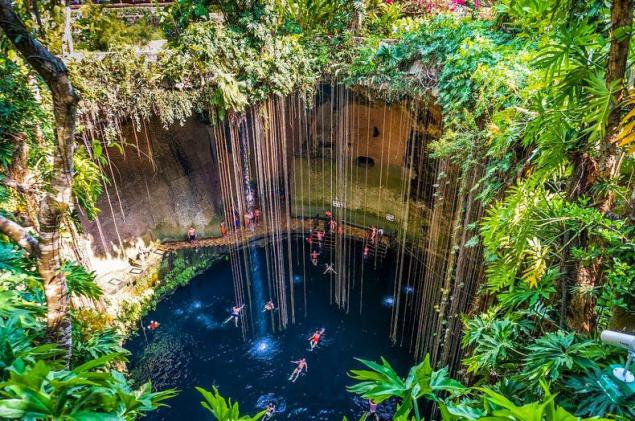
The name comes from the word "dzonot" or "ts`onot" from the Mayan language means "sacred." Cenotes were of great importance for the Mayan. First, they were the main source of water in an area where there were virtually no water bodies and has been a protracted dry season.
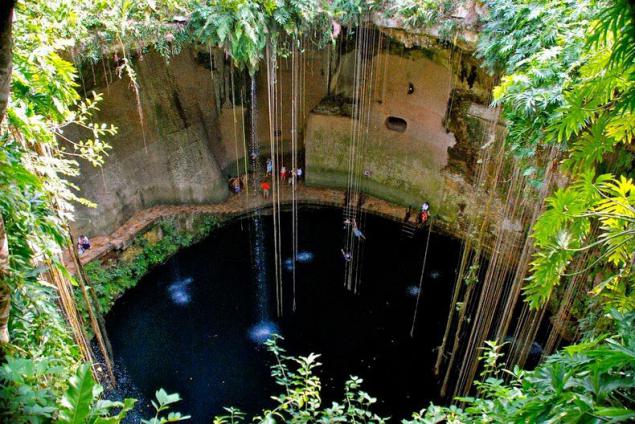
Maya organized their settlements in the vicinity of the cenotes, that have constant access to water. Also karst ponds have great religious significance. The Maya believed that they are portals to the underworld and used them to communicate with the gods.
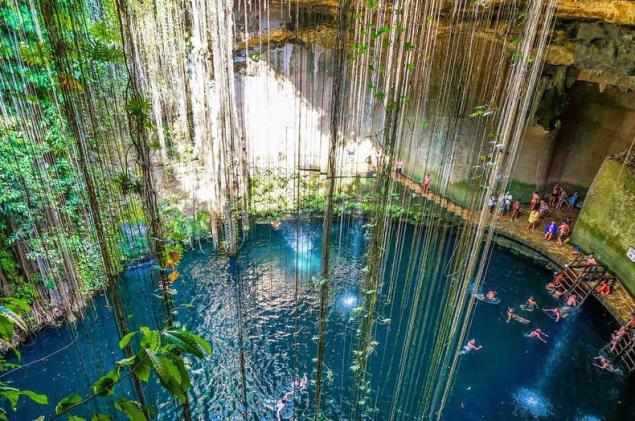
During archaeological excavations have found evidence of religious ceremonies and sacrifices.
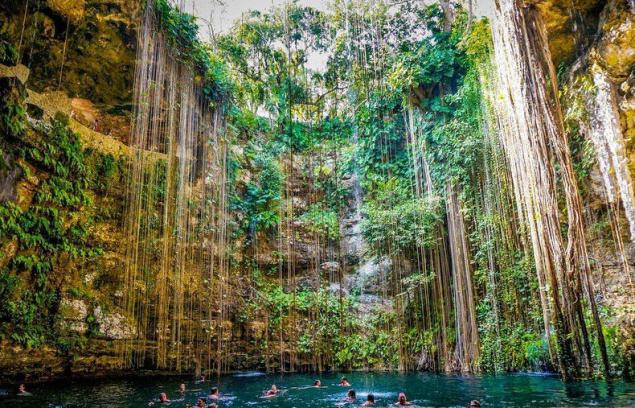
Most of the famous cenotes are a fairly large ponds of diameters of a few tens of meters at Chichen Itza, political and cultural center of the Maya.
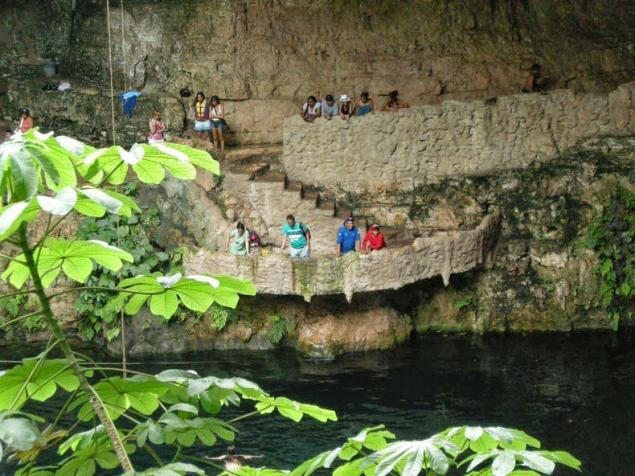
Water Cenote is very clean, which attracts divers all over the world, which confirm that the length of some of the water caves is 100 km or more.
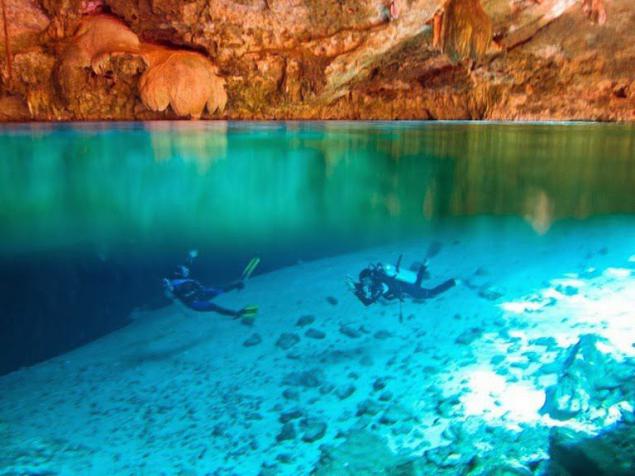
Some cenotes have become a place where tourists and swimmers ... One of these is called cenotes Zaci and is located in Valladolid. Another cenote with a tourist infrastructure is San Ignacio, located in Chicholo. This cenote has artificial lighting, far from it there is a restaurant and other infrastructure for a comfortable stay. Another famous place became Sambulov pond, which recently organized the appropriate conditions for recreation.
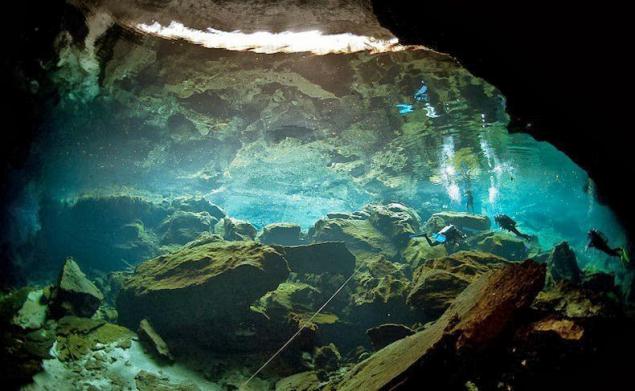

Translated specifically for fishki.net
--img9--
Source: www.amusingplanet.com

The name comes from the word "dzonot" or "ts`onot" from the Mayan language means "sacred." Cenotes were of great importance for the Mayan. First, they were the main source of water in an area where there were virtually no water bodies and has been a protracted dry season.

Maya organized their settlements in the vicinity of the cenotes, that have constant access to water. Also karst ponds have great religious significance. The Maya believed that they are portals to the underworld and used them to communicate with the gods.

During archaeological excavations have found evidence of religious ceremonies and sacrifices.

Most of the famous cenotes are a fairly large ponds of diameters of a few tens of meters at Chichen Itza, political and cultural center of the Maya.

Water Cenote is very clean, which attracts divers all over the world, which confirm that the length of some of the water caves is 100 km or more.

Some cenotes have become a place where tourists and swimmers ... One of these is called cenotes Zaci and is located in Valladolid. Another cenote with a tourist infrastructure is San Ignacio, located in Chicholo. This cenote has artificial lighting, far from it there is a restaurant and other infrastructure for a comfortable stay. Another famous place became Sambulov pond, which recently organized the appropriate conditions for recreation.


Translated specifically for fishki.net
--img9--
Source: www.amusingplanet.com
Tags
See also
I want to Mexico
11 archaeological photos that prove that this world still hides a lot of secrets
The best photos of National Geographic in June (31 photos)
Snapshots from the Landsat 7
The deepest indoor pool in the world
The best places for snorkeling
pot on wheels
15 selected images National Geographic, which are able to mesmerize everyone.
Attention! Dangerous poison in lipstick
















